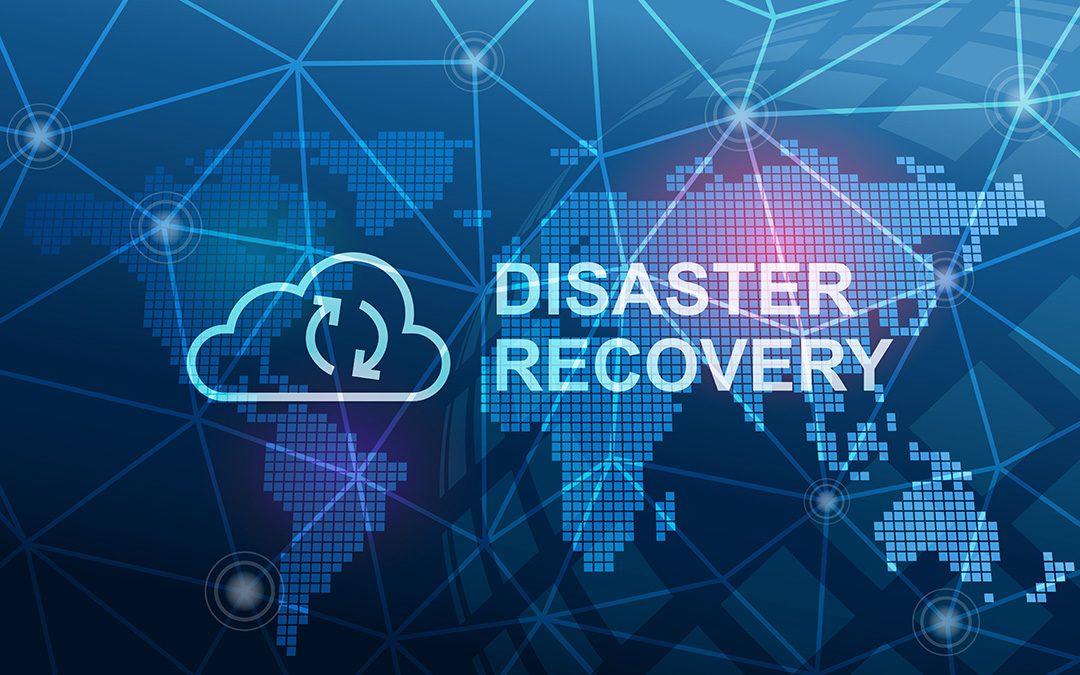Every small business needs to have a Disaster Recovery Plan (DRP) considering that a number of unforeseen events could occur at any time. It is important to detail how your small business will recover in the event that a disaster strikes and what steps should be taken.
Data recovery
Data recovery is central to a Disaster Recovery plan. It is important that this element is thoroughly explored beforehand and the best solution for your small business implemented. There are many ways to establish data recovery.
Full backups should be conducted weekly so that in the case of a disaster, your small business would be able to restore all data with minimal disruption. Incremental or deferential backups should be performed daily so that all data is stored from one day to the other. These backups are best stored on the cloud so that in the case of a disaster they are easily accessible and as they are securely stored offsite.
Voice recovery
An important part of a Disaster Recovery plan is voice recovery. This is mostly overlooked by small businesses but when disaster strikes having a voice recovery plan in place can help your business begin operations again quickly.
A web-based portal can be used to relocate your incoming and outgoing calls and ensure that connectivity remains paramount. At the same time calls can be relocated to a home line or mobile. Using cloud-based technology will ensure that continuity occurs remotely as calls can be rerouted.
View our Guide to setting up a Voice Disaster Recovery Plan
Cloud Technology
Cloud-based technology can be used to ensure that all data backups and voice recovery can be implemented easily. If a disaster does occur than cloud technology will allow your small business to implement the data and voice recovery from anywhere on either a desktop, laptop or tablet. The importance of this is that your small business can be up and running with minimal disruption as all data and voice capabilities will be hosted offsite on servers run by your cloud provider.
Implementing a Disaster Recovery Plan
An important part of a Disaster Recovery Plan is documentation that guides the implementation of such a plan in the face of a possible disaster. Passwords and usernames of all cloud, voice and network accounts including backup and server accounts should be included as part of this documentation. Contact details of external suppliers should also be included. This allows a DRP to be implemented by all validated staff members. It also details how staff should be notified when a DRP will be implemented, and it should also plan for remote working from home for employees.
Test and Revise a Disaster Recovery Plan
Testing and revising your DRP from start to finish can be done internally by your small business. This ensures that crucial steps and processes that may have been overlooked are discovered and rectified. Any problems discovered during the testing process can be rectified to ensure that a reliable and effective DRP can be implemented. This will also allow your small business to set up contingency plans as well.
For more information and an obligation free discussion about how 4s Systems can help you setup Voice or Cloud technology for your Small Business please call us now on 0203 92 66 999 or click here…

